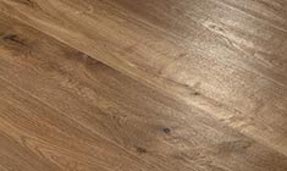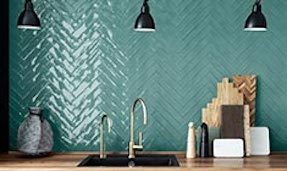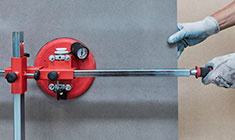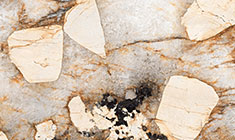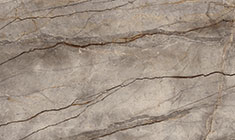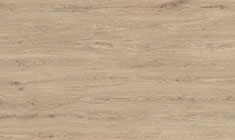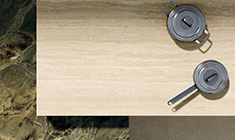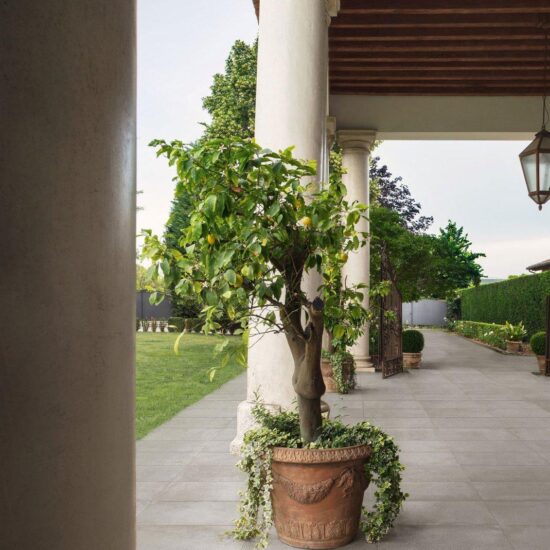Porcelain stoneware is an ideal material for tiling outdoor areas: we explore the best collections for your garden.
Porcelain stoneware is one of the most high-performing outdoor paving materials thanks to its amazing strength and durability, the infinite variety of styles and effects and its safety and easy care.
The installation needs of gardens and outdoor spaces can vary widely, so the Marazzi collections offer different types of thickness, size and surface to meet the most diverse technical and design requirements. Let’s take a look at the best stoneware paving tiles for every situation.
Garden paving tiles: choosing the right stoneware
What are the main characteristics that outdoor paving tiles should have, regardless of their appearance?
- Safety: anti-slip
- Different thicknesses: for dry or normal installation
- Resistance to the weather: non-absorbency, resistance to light and heat, hail and ice
- Easy cleaning and care: rough, but not hard to clean
- Variety of sizes, for easy installation in multiple situations (steps, verandas, pool edges) with the same effect
- Resistance to wear, loads and heavy stresses (in outdoor parking areas, for example)
In other words, as well as being attractive and matching the interior of the home, modern outdoor paving tiles must guarantee outstanding performances to ensure durability and safety over time and retain their beauty intact.
How to furnish a garden: design inputs for contemporary outdoor areas
Outdoor porcelain stoneware: how to tile your garden
A garden can be tiled with porcelain stoneware in various ways:
- Conventional installation: installation by gluing to a screed can be chosen as a solution in continuity with indoor spaces, due to the elegant appearance provided by the joint pattern. The same thickness as indoors can be used, since the adhesive and screed ensure that the paving will remain stable.
- Raised paving: very flexible, it can be chosen as a solution to avoid creating gradients on the underlying substrate, to facilitate the placing of utility systems underneath the paving, or in cases where tiles may need replacing regularly (in commercial premises, for example). In this case the slabs rest on a grid of pedestals (there are various types) and extra-thick tiles (20 mm) are required.
- Dry installation on gravel, grass or sand: in dry installation, tiles are laid directly on the substrate; it is ideal for integrating paving tiles in the context without unduly changing its character.
Extra-thick tiles: learn more here
Outdoor porcelain stoneware: which is the right effect?
Paving tiles for outdoor spaces must be coordinated with the style of the indoor floor tiles. This does not necessarily mean that they must be identical, but they should at least maintain the key stylistic features (a material effect finish, part of the colour scheme, a size). If the living area opens directly onto the outdoor spaces, the same tiles can be used for the floor and paving (same effect, size and colour) but with different thicknesses and surface grips for the two contexts: some collections are specifically designed for seamless flooring and paving.
When it comes to the variety of material effects, the choice is truly vast: from outdoor stone-effect porcelain stoneware to concrete and cement tile looks, and from terracotta effect to the glossiest tiles. Outdoor wood-effect porcelain stoneware is also very popular, due to its ability to bring warmth and atmosphere even to the open air.
Thanks to the variety of sizes within the single collections, creative compositions and ceramic carpets can be created to define functional and relaxation areas, transforming the paving into a design feature.
All Marazzi outdoor paving tiles: browse the gallery

